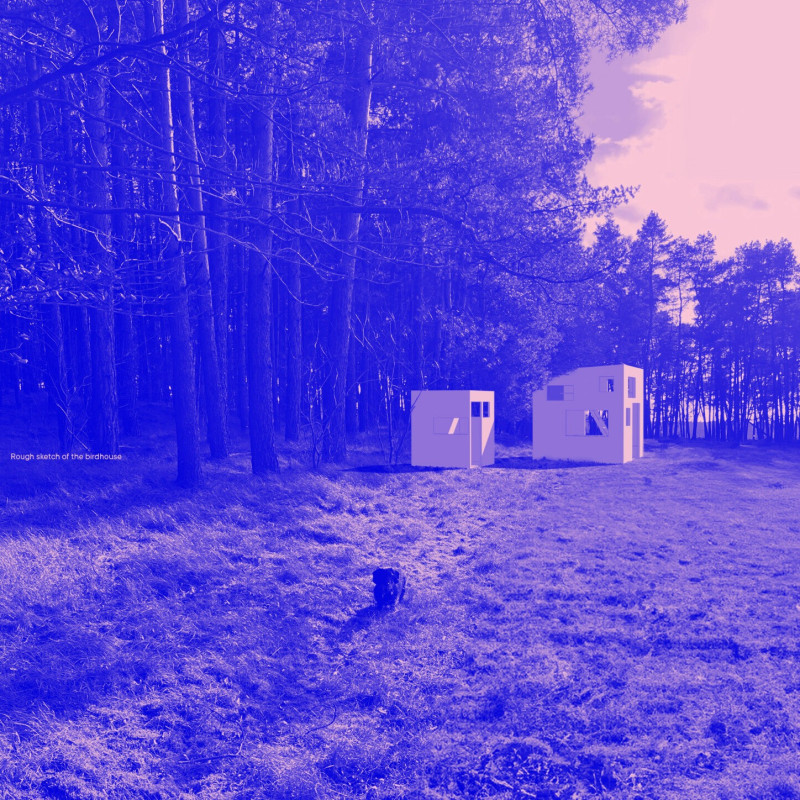5 key facts about this project
The architectural concept is rooted in a deep understanding of the local culture and environmental factors, allowing the design to resonate with its surroundings. The project harmonizes with the landscape while offering a distinct character that complements the urban fabric. A careful study of the surrounding architecture informs the aesthetics, ensuring that the structure provides a respectful yet contemporary dialogue with neighboring buildings.
Materials play a crucial role in achieving both the functional and aesthetic aims of the project. A careful selection of materials enhances sustainability while promoting durability and a sense of place. The use of locally sourced brick not only supports the durability of the façade but also connects the building to its local heritage. Transparent glass elements facilitate natural light and create a visual connection between indoor and outdoor spaces, promoting a sense of openness. The inclusion of metal accents adds a modern touch, providing a contrast to the traditional materials and enhancing its visual interest. Additionally, the project incorporates natural wood finishes, which bring warmth to the interiors and establish a welcoming atmosphere. This attention to materiality highlights a commitment to quality and local craftsmanship, ensuring the building stands the test of time.
Functionally, the project is designed to adapt to the diverse needs of its users. Open-plan layouts encourage flexibility and adaptability, allowing spaces to be reconfigured as necessary. Key areas, such as community rooms and recreational spaces, are strategically located to promote engagement and foster community interaction. The careful placement of large windows invites natural light, reducing reliance on artificial lighting during the day and contributing to energy efficiency. These design decisions reflect an understanding of modern living, promoting well-being and productivity among residents and visitors alike.
Unique design approaches are evident in the seamless integration of sustainable practices within the architectural framework. Features such as green roofs and rainwater harvesting systems not only contribute to environmental sustainability but also enhance the building's aesthetic appeal. The green roofs support local biodiversity while providing residents with a recreational space that offers views of the surrounding area. These sustainable initiatives mirror a broader trend in architecture that prioritizes ecological responsibility alongside architectural innovation.
The project also places a strong emphasis on accessibility, ensuring that all users, regardless of ability, can navigate the space with ease. Thoughtful considerations, such as wider doorways and ramps, reflect a commitment to inclusivity, allowing the architecture to serve a diverse community effectively. This thoughtful approach is increasingly important in contemporary architectural design, emphasizing the need to cater to varying demographics and creating spaces where everyone feels welcome.
Overall, the architectural design presents a harmonious blend of functionality, sustainability, and community engagement. The attention to detail in material selection, spatial layout, and environmental consideration embodies a contemporary architectural ethos that is both socially and ecologically conscious. Each element of the design contributes to a cohesive narrative that resonates with both the local environment and the community it serves. For those interested in gaining a deeper understanding of this project, exploring its architectural plans, sections, designs, and unique architectural ideas offers valuable insights into the intricate thought processes that shaped its development. Engaging with the project presentation will undoubtedly enrich the appreciation of the design's complexities and its impact on its surroundings.


























